I have a TabBarController with 4 tabs, 3 of which are table views. I am trying to put a detail for every table view cell, and I don't think storyboard is efficient since I have over 50 detail pages. I'm very new to all of this, and I've tried to find out how to link a detail to every tab for a couple hours. My table views start with the Second View Controller. Here is SecondViewController.m:
#import "SecondViewController.h"
@implementation SecondViewController
{
NSArray *tableData;
}
@synthesize tableData;
#pragma mark - View lifecycle
- (void)viewDidLoad
{
tableData = [NSArray arrayWithObjects:@"Carter", @"Greene", @"Hancock", @"Hawkins", @"Johnson", @"Sullivan", @"Unicoi", @"Washington", nil];
[super viewDidLoad];
}
#pragma mark - TableView Data Source methods
- (NSInteger)tableView:(UITableView *)tableView numberOfRowsInSection: (NSInteger)section
{
return [tableData count];
}
- (UITableViewCell *)tableView:(UITableView *)tableView cellForRowAtIndexPath: (NSIndexPath *)indexPath
{
UITableViewCell *cell = [tableView dequeueReusableCellWithIdentifier:@"MyCell"];
if (cell == nil)
{
cell = [[UITableViewCell alloc]initWithStyle:UITableViewCellStyleDefault reuseIdentifier:@"MyCell"];
}
cell.accessoryType = UITableViewCellAccessoryDisclosureIndicator;
cell.textLabel.text = [tableData objectAtIndex:indexPath.row];
return cell;
}
@end
Here is SecondViewController.h:
#import <UIKit/UIKit.h>
@interface SecondViewController : UIViewController <UITableViewDelegate,
UITableViewDataSource>
@property(nonatomic, retain) NSArray *tableData;
@end
If this helps, here is my storyboard.
If anyone can help me individually add details to each table view cell in the most painless way possible, I would appreciate it. Thanks!

